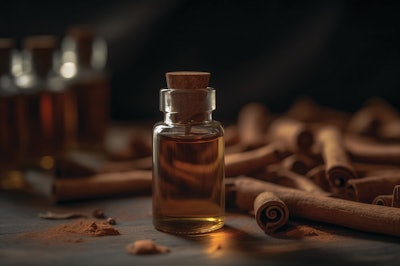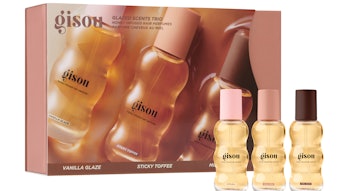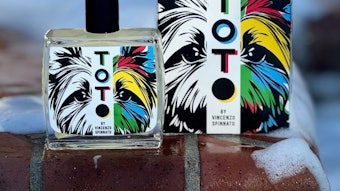
We sent out an "Ask An Expert" alert on socials, to see if F&F professionals had any burning questions. Perfumer & Flavorist+ tapped senior perfumer Serge Oldenbourg to field three questions that were "mailed" in. Below are Oldenbourg’s insights—
Log in to view the full article
We sent out an "Ask An Expert" alert on socials, to see if F&F professionals had any burning questions. Perfumer & Flavorist+ tapped senior perfumer Serge Oldenbourg to field three questions that were "mailed" in. Below are Oldenbourg’s insights—
 Senior perfumer Serge Oldenbourg
Senior perfumer Serge Oldenbourg
After mixing the perfume concentrate in the factory, what happens next if it doesn’t smell as intended?
Serge Oldenbourg [SO]: The first question is to know what went wrong. Usually the mixture will be "reworked" and after analyses (GC and olfactive) by adding what is missing or remixed without what is overpowering or overdosed. Any other reason of "error" in production area should not be happening.
What is the end use of cinnamon leaf oil?
SO: Cinnamon leaf oil is basically another way to use eugenol. This oil contains about 90% of the eugenol, which you find also in clove buds oil (75%) or clove leaf oil (80%) and many other in far lower amount. These values are approximative and may vary according to the origin and production methods.
It is to be noticed that the other oil from the "cinnamon" family namely cinnamon bark oil is characterized with the presence of cinnamic aldehyde (about 80%) and little eugenol (3% to 4%); same plant/different parts.
Cinnamon leaf oil smells less valued compared to clove buds oil; a little bit dirtier, less refined. For this reason, it is used in more "technical" applications; for example, in soap fragrances in lower dosage (because of possible coloration problems) or in some detergents; the price is also an important factor!
It is also widely used in tobacco flavors and sometimes in toothpaste.
 It is to be noticed that the other oil from the "cinnamon" family namely cinnamon bark oil is characterized with the presence of cinnamic aldehyde (about 80%) and little eugenol (3% to 4%); same plant/different parts.
It is to be noticed that the other oil from the "cinnamon" family namely cinnamon bark oil is characterized with the presence of cinnamic aldehyde (about 80%) and little eugenol (3% to 4%); same plant/different parts.
What’s the substitute for galaxolide?
SO: This is the big question. As you know each material has its own olfactive characteristics and replacements are always problematic. Each time, depending on the type of material and obviously the structure of the fragrance, the perfumer has to "rebalance" their formula.
In the case of galaxolide, it is even more difficult as it is used some time in very high concentration (I have seen examples with over 30%) also due to cost in formula. Even in much lower concentration, and beside the price factor, a "substitution" is not easy; the first question should be to define the reason for the requested replacement. Some companies do not want to have the type of musk belonging to the group of polycyclic musks, but it could also be for other reasons.
Besides the price factor, there is also the fact that galaxolide is a good material for detergents (good stability and long lasting on fabrics).
And most important, the musky note forwarded by galaxolide is fitting many types of fragrances (a little bit of "universal" usage) and very well accepted by the consumers (without being conscient).
My conclusion: substituting galaxolide is "a lot of work for no secure results." It may be better to rethink the entire fragrance.
Have a question for Olgenbourg or a flavorist expert? Send an email to [email protected].










